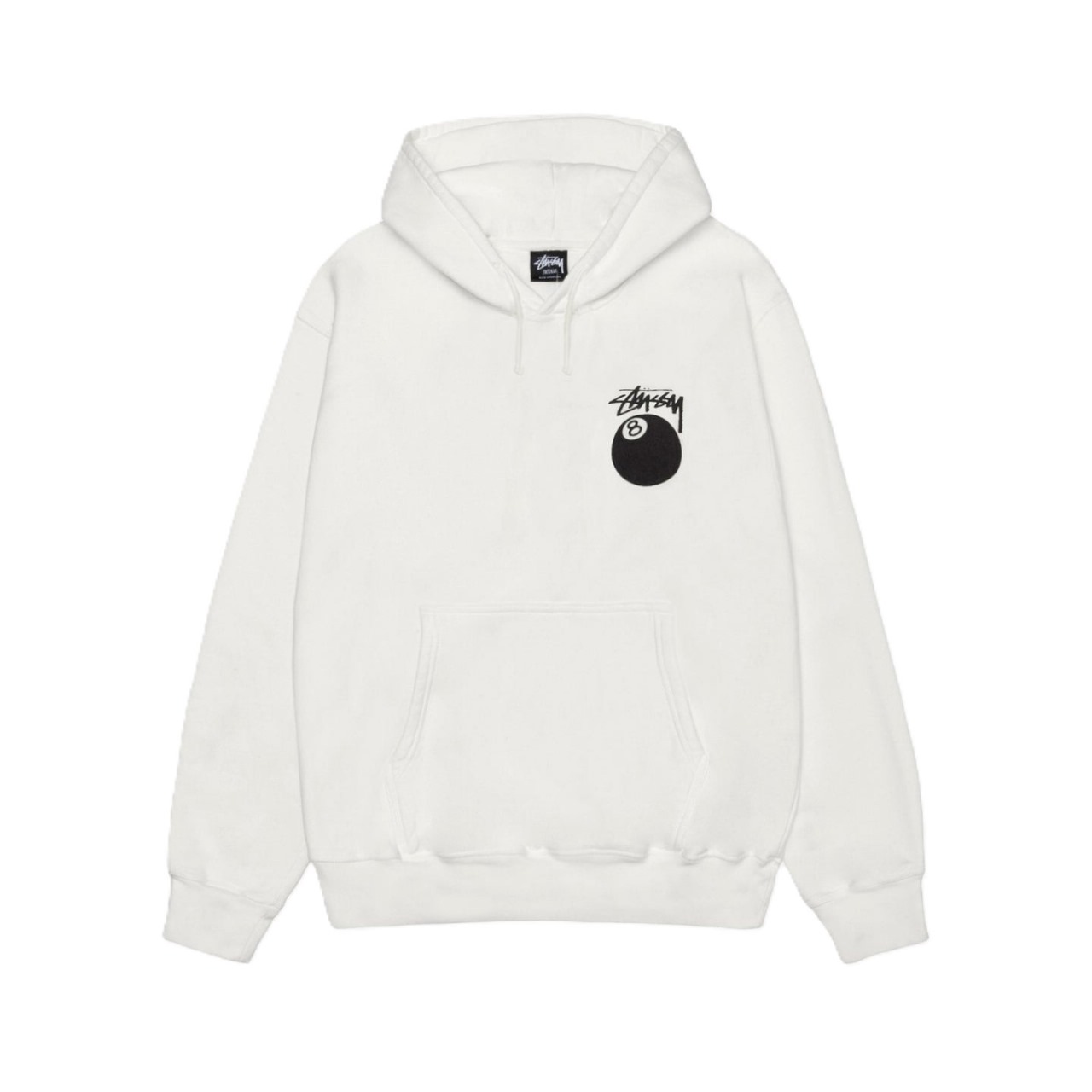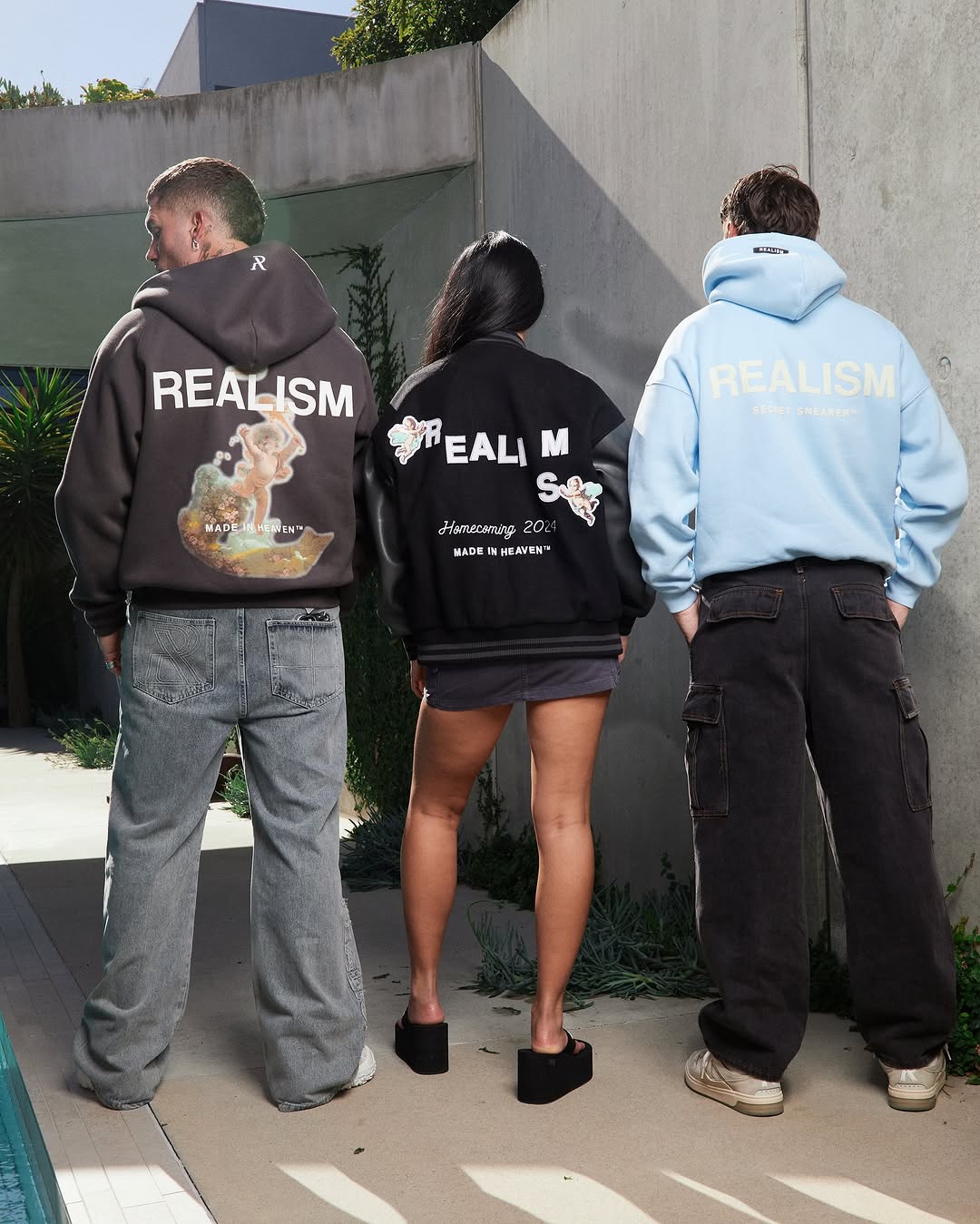pull stussy: From Beach Scribble to Global Signal

The story of Pull stussy popularity begins with a simple marker stroke on surfboards and tees. What looked like a quick, off‑hand signature evolved into a visual code for a generation that cared more about attitude than etiquette. The appeal was never about shouting luxury; it was about projecting a lived‑in cool—sun‑bleached, skate‑scuffed, and music‑soaked. That signature snowballed from a local surf symbol into a global shorthand for street credibility, and it did so by moving with youth culture rather than trying to control it.
pull stussy’s Roots in Surf and Skate Subculture
The earliest foundation of pull stussy nike popularity lies in California’s surf scene. Surf culture has always valued independence—fixing your own board, knowing your own break, wearing what lasts. pull stussy captured that independent ethos in wearable form. Soon, the same tees and hoodies found their way onto skate decks and into backyard ramp sessions. The brand’s comfort, durability, and straight‑to‑the‑point graphics felt right for a lifestyle built around motion, not ceremony. That subcultural authenticity would later prove invaluable when streetwear exploded.
pull stussy and the Power of the Handstyle
The hand‑drawn logo is the spark that lit the fuse. It wasn’t a corporate wordmark; it felt like a tag. Street and skate kids read that visual language instantly. The rough edges suggested something unpolished and unfiltered—exactly what scenes defined by DIY ethics wanted from their clothes. Over time, that handstyle became a beacon: spot it across a park or party and you knew you’d probably get along with whoever wore it. In branding terms, it’s rare for a logo to serve as a membership card; for pull stussy rose, it did.
pull stussy, Hip‑Hop, and the Club Kid Crossroads
What turbocharged the brand was the way it straddled multiple cultural currents at once. In some cities, you’d see pull stussy at underground hip‑hop nights; in others, it was in the middle of raves or club‑kid scenes. The brand didn’t posture as one tribe’s uniform. Instead, it moved fluidly between rap ciphers, warehouse parties, reggae dancehalls, and skate spots. This cross‑pollination mattered: youth culture is rarely siloed, and pull stussy’s open architecture invited new communities to claim it without feeling like outsiders.
pull stussy’s “World Tour” Mindset
Another reason pull stussy grew is its global curiosity. The brand’s famous “world tour” concept—name‑checking style capitals and subcultural hubs—worked like a map for the culture‑obsessed. It suggested a roaming eye: New York bodega swagger, Tokyo precision, London sound‑system grit, Paris artful nonchalance, LA sunlit ease. By acknowledging cities that shaped youth style, pull stussy positioned itself as a passport brand—one that traveled, listened, and brought ideas back home. For fans, wearing it felt like belonging to a worldwide conversation.
pull stussy and the Limited‑Drop Instinct
Long before “drop calendars” and “cop or flop” debates ruled forums, pull stussy understood the appeal of scarcity. Not artificial scarcity for clout alone, but tight runs that kept things fresh. This cadence did more than create demand; it cultivated a ritual. Shops became meeting points where friends compared notes on new colorways or the return of a classic graphic. That rhythm built community—people didn’t just buy pull stussy; they followed it, swapping stories and trading pieces when they missed a release.
pull stussy’s Collaborations as Cultural Bridges
Collaborations became a signature lever of popularity. Instead of slapping logos together, pull stussy collaborations often felt like dialogues—between scenes, aesthetics, and eras. Whether linking with sportswear staples, boutique labels, or artists, the brand treated co‑branding as a chance to make something distinct, not merely limited. These projects introduced pull stussy to new audiences while giving longtime fans fresh angles on a familiar silhouette. Each collaboration acted like a bridge: two fan bases meet in the middle, and the culture expands.
pull stussy and the Streetwear Uniform
At some point, the brand shifted from insider code to everyday streetwear uniform. That ascent happened because pull stussy pieces—tees, hoodies, caps, coach jackets—fit easily into real life. They worked at school, in the studio, at a casual office, or at a late‑night diner. The clothes didn’t need instruction. This functional neutrality—clean shapes, honest fabrics, graphics that carried meaning without overexplaining—meant wearers could flex their personality through styling. The brand didn’t dictate; it equipped.
pull stussy’s Role in the Resale and Archive Era
As streetwear matured, the resale market and archival obsession took off. pull stussy benefited because its back catalog is rich with grails: seasonal color stories, iconic prints, region‑specific tees, and under‑the‑radar collabs. Vintage hunters love items that carry narrative weight, and pull stussy archives hold decades of micro‑stories—cities visited, artists celebrated, moments stamped with a date and a drop. The brand’s longevity means there’s always something to discover, which keeps conversation (and desire) alive among new generations.
pull stussy, Community Stores, and Scene Stewardship
Another underappreciated reason for popularity: retail as community. Whether through flagship spaces or selective stockists, pull stussy’s environment often felt like a clubhouse—zines on the counter, flyers for shows, staff who actually knew the product’s lineage. This matters because streetwear is as much social fabric as cotton. A store that feels like a scene hub converts casual buyers into lifelong fans. Even as online sales grew, those IRL moments—trying on a jacket, meeting the crew, catching an in‑store event—cemented loyalty.
pull stussy’s Graphic Language and Cultural Sampling
The brand’s graphic language borrows and blends: reggae poster echoes, varsity athletics, surf stickers, crate‑digging record culture, bodega typography, and gallery minimalism. This cultural sampling isn’t scattershot; it reflects the way many fans actually live—playlist‑driven, hybrid, borderless. Because pull stussy doesn’t lock into one motif, its graphics remain elastic enough to capture changing moods without losing the core handstyle DNA. That balance—evolution without identity drift—is a big reason the brand stays popular decade after decade.
pull stussy and the Rise of Normalized Streetwear
Streetwear used to be a counter‑culture niche. Now it’s default daily wear. pull stussy helped normalize that shift by staying consistent while the world changed around it. When high fashion began courting hoodies and sneakers, pull stussy didn’t need to reinvent itself; it already owned that lane. The brand’s steady presence offered a compass point in a noisy market: if you wanted streetwear that felt rooted rather than opportunistic, you knew where to look.
pull stussy’s Quiet Confidence and Longevity
Trends cycle, but quiet confidence lasts. pull stussy’s popularity is sustained by a refusal to chase every headline or gimmick. There’s trust in the way the brand repeats certain forms—the crown tee, the stock cap, the coach jacket—while rotating in new color notes and cultural references. Fans sense that steadiness. In a fashion environment where hype can burn out fast, pull stussy’s slower heartbeat communicates reliability—and that reliability turns casual buyers into collectors.
pull stussy in the Social Media Era
Digital culture could have flattened the brand’s mystique, but instead it expanded the conversation. Fit pics, archive pages, and drop alerts created a global classroom where new fans learn the brand’s history in real time. Meanwhile, TikTok and Instagram cycles continually rediscover earlier eras—bringing back old graphics and silhouettes with fresh styling. Because pull stussy’s foundation is strong, it thrives under this constant rediscovery. Each wave of attention sends curious newcomers into the archive, where they find more reasons to stay.
Why pull stussy’s Popularity Endures
At heart, pull stussy’s staying power comes from three intertwined qualities:
- Authenticity: Born in subculture, still speaking that language without cosplay.
- Adaptability: Comfortable crossing scenes—surf, skate, hip‑hop, club, art—without losing itself.
- Community: Built through limited drops, thoughtful retail, collaborations, and an archive that rewards curiosity.
A brand can be famous for a season through hype alone. Popularity that lasts, however, requires an ecosystem: symbols people believe in, stories they want to retell, and garments they reach for without thinking. pull stussy checks all three boxes. What began as a sun‑drenched signature now reads like a global accent—instantly recognizable, endlessly remixable, and, after all these years, still cool because it refuses to try too hard.



